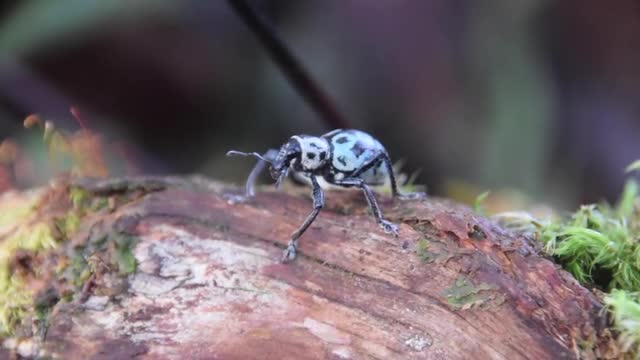MindanaoMimics
There’saspeciesofjewelweevilcalledPachyrhynchusreicherti.Ithasablackandspottedbody.Itselytraarejoinedtogether.It’stootoughtobitethrough.Itsstrongcolorsandmarkingstellpredatorstostay away.
WhenCabrasfirstspottedanewspecies,Metapocyrtuswillietorresi,shethoughtitwasPachyrhynchusreicherti.Ithassimilarcolorsandmarkings.Ithasatough,joinedelytra.Neitherbeetlewouldmakeagoodmeal.So,whywasonecopyingthe other?
It’scalledMüllerianmimicry.That’swhentwoequallyharmfulthingshavedevelopedtolooklikeeachother.Theysendclearsignalstopredatorstostay away.
Pachyrhynchus reicherti
Metapocyrtus willietorresi
Athirdbeetle,Doliopsdaugavpilsi,looksalotliketheothertwo.Butit’salonghornbeetle.Ithasasoftshellthatpredatorscouldbitethrough.Byhavingcolorsandpatternssimilartotheweevils,thelonghornstayssafe.Itkeepspredatorsawaybylookingdangerous.ThisisBatesian mimicry.
HereareafewexamplesofthebeetlesCabrassawduringherfieldworkonMindanao.Themimicsstronglyresembletheir models.
MODEL
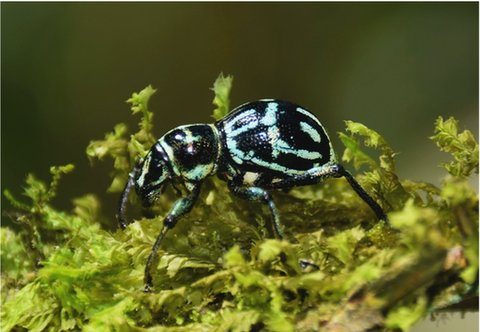
Model: Metapocyrtus kitangladensis
MIMIC
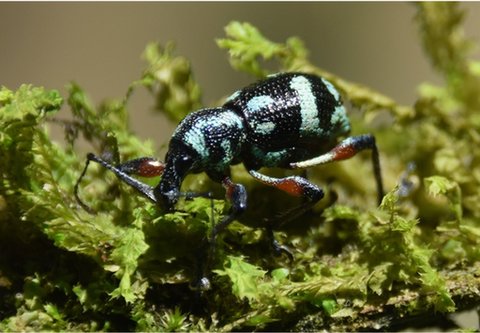
Mimic: Coptorhynchussp.
MODEL
Model: Pachyrhynchus tikoi
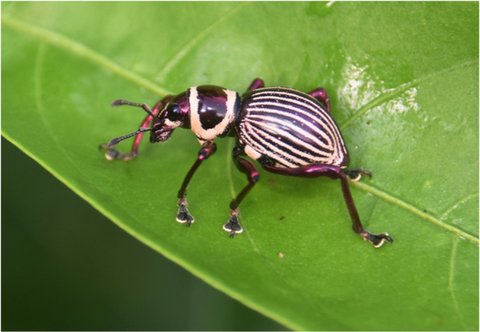
MIMIC

Mimic: Metapocyrtussp.
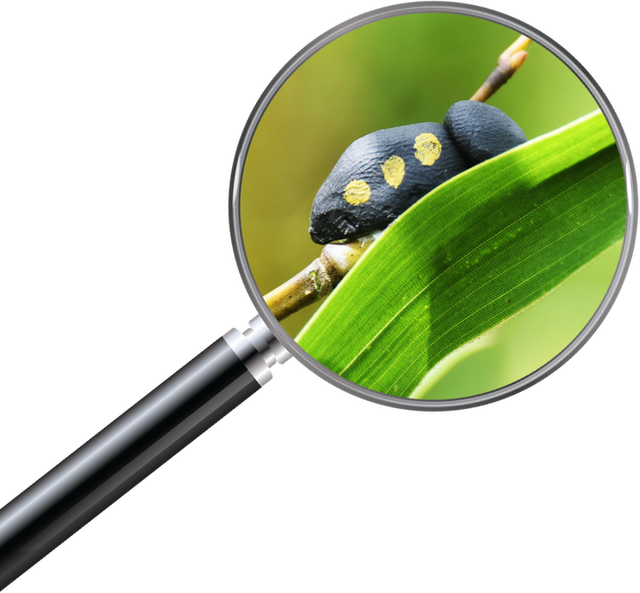
Totestahypothesis,Cabrasusedfakebeetlesmadeofmodelingclay,liketheoneshownhere.Shewantedtoseeifpredatorswouldreacttothebeetle’swarning colors.
TestingaTheory
Cabraswonderedifshewastheonlyonebeingfooledbythesemimics.Shetriedanexperiment.Shemadefakebeetlesfrommodelingclay.TheylookedlikePachyrhynchusreicherti.Shesetthemoutinplaceswherethebeetleswerecommon.Shesetthemoutinplaceswheretheywerenotcommon.Thenshesetup cameras.
Wherethebeetleswerecommon,predatorsstayedawayfromtheclay beetles.Theyknewwhatthecolorsandpatternsmeant.Intheplaceswherethebeetleswerenotcommon,predatorstriedtoattack.Theyhadnotyetlearnedtostay away.
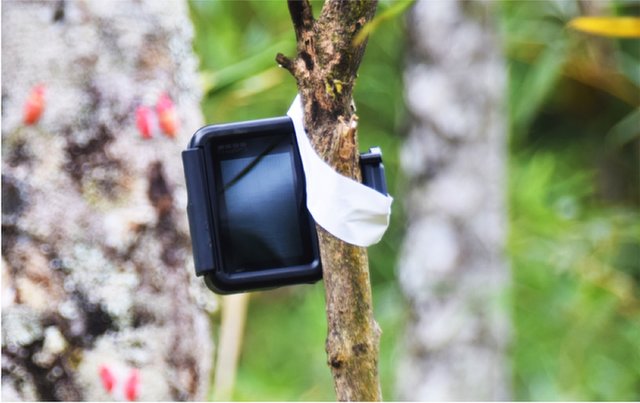
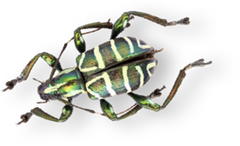
acamera trap
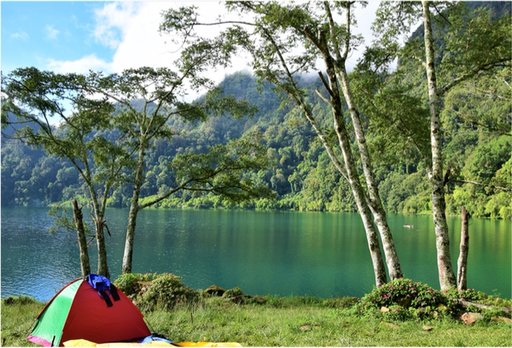
InMindanao,therecouldbemanynewspeciesto discover.
Cabrasstillhasmanyquestions.ButlandonMindanaoisbeingclearedawayforfarmingandhouses.Inafewyears,shemightnotbeabletofindthesebeetlesintheirnaturalhabitat.Sofornow,hereyesaretrainedon them.

